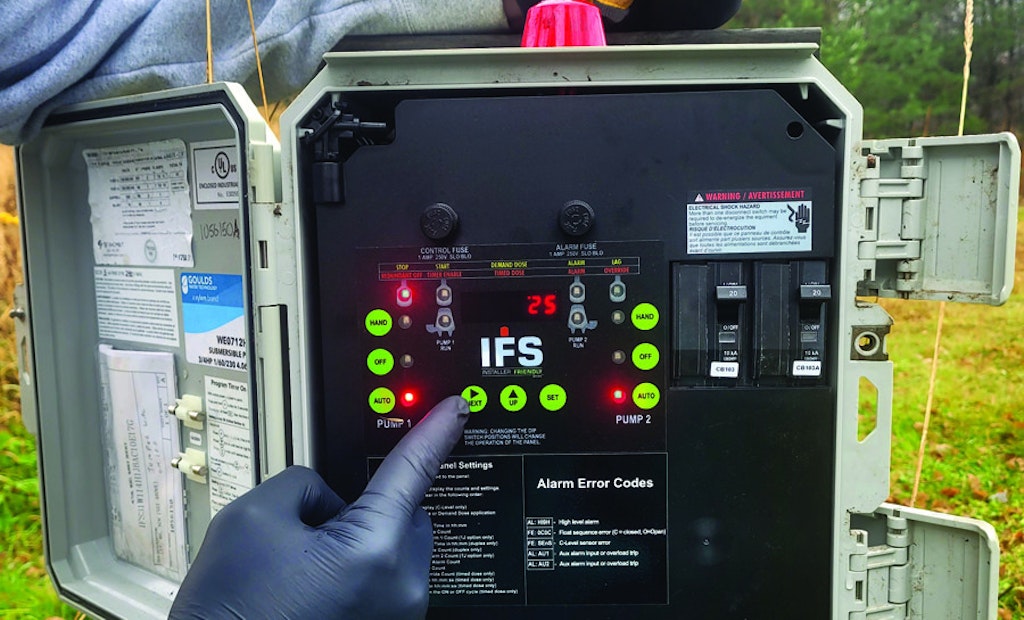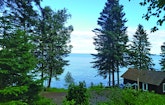
An example of a flow equalization panel from SJE Rhombus that can be helpful at monitoring and adjusting flow in vacation rental home onsite systems. (Photos courtesy of Sara Heger)
U.S. short-term rental supply hit record highs in 2022. That means more of your customers may be renting out their vacation homes either part time or full time. Vacation home rental can create numerous challenges that can be addressed during the design and installation of a new...







